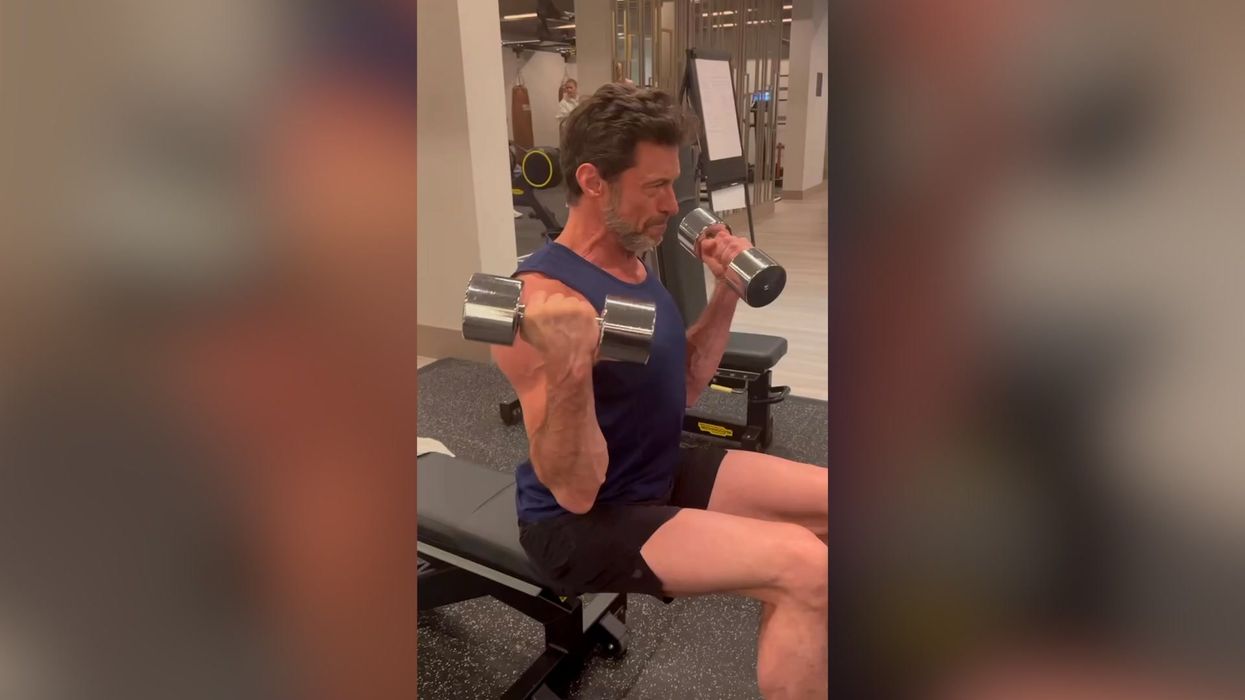Ellie Abraham
Feb 29, 2024
Hugh Jackman shares gruelling gym workout as he prepares for Wolverine return
Hugh Jackman
Results of a long-term study have suggested that women may not have to work as hard in the gym as men to see the long-term health benefits.
For some people, working out in the gym is part of their daily life, with many fitness influencers documenting their gym experiences online.
For female gym-goers, a new study has suggested that they may not have to dedicate as much time as men to feel the benefit.
A study undertaken by experts at the Schmidt Heart Institute in California followed more than 400,000 adults in the United States for over 20 years, between 1997 and 2019.
During that time, they compared their levels of physical activity levels with the deaths caused by certain illnesses. The results were published in the Journal of the American College of Cardiology.
Experts found that women reported doing substantially less physical exercise per week than men. But, compared to women who reported doing no physical exercise, those who did some exercise reduced their risk of dying from any cause by up to 24 per cent.
On the other hand, it found men who engaged in some physical exercise every week lowered their chance of dying by just 15 per cent, compared with those who did no physical activity.
The study results suggest that men and women have different thresholds to achieve the maximal survival benefit to be gained from cardio and strength exercise.
It found that just over two hours of moderate or vigorous cardio per week gave women the maximum survival benefit, whereas for men that figure was five hours.
As for weightlifting or core body work, men required three sessions per week, whereas women had the same benefit from just one session per week.
It is not known why these differences exist, but theories suggest it could be down to the vascular system.
The authors explain: “In fact, physiology studies have demonstrated that female individuals exhibit greater vascular conductance and blood flow during exercise, with female individuals having a higher density of capillaries per unit of skeletal muscle when compared with male individuals.”
Sign up for our free indy100 weekly newsletter
How to join the indy100's free WhatsApp channel
Have your say in our news democracy. Click the upvote icon at the top of the page to help raise this article through the indy100 rankings
Top 100
The Conversation (0)














